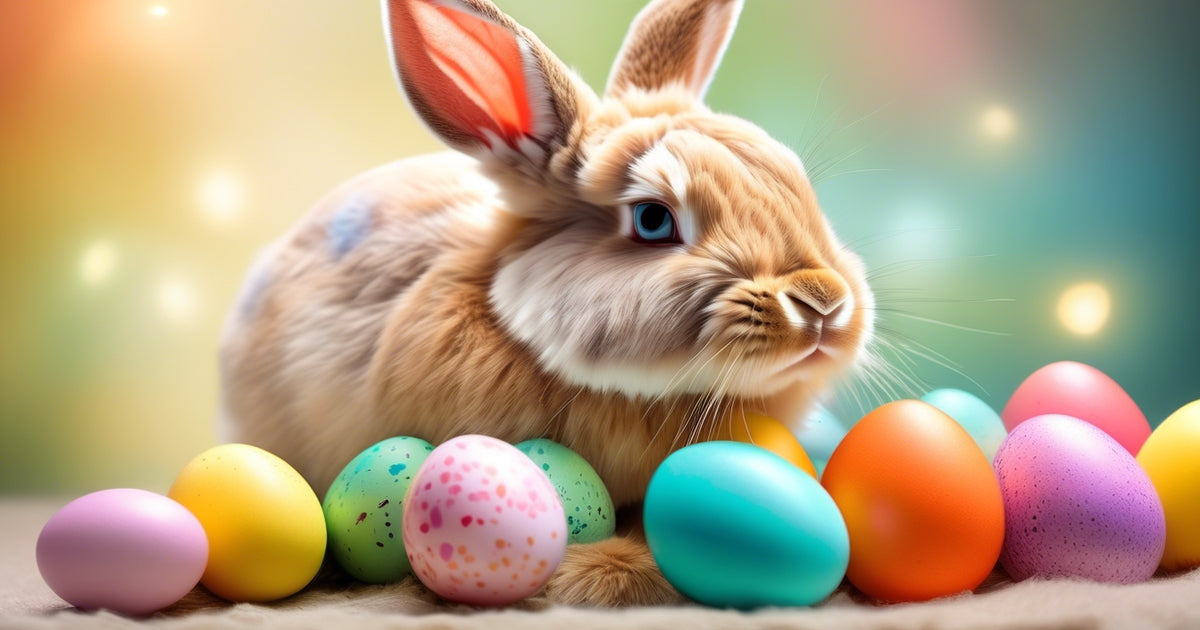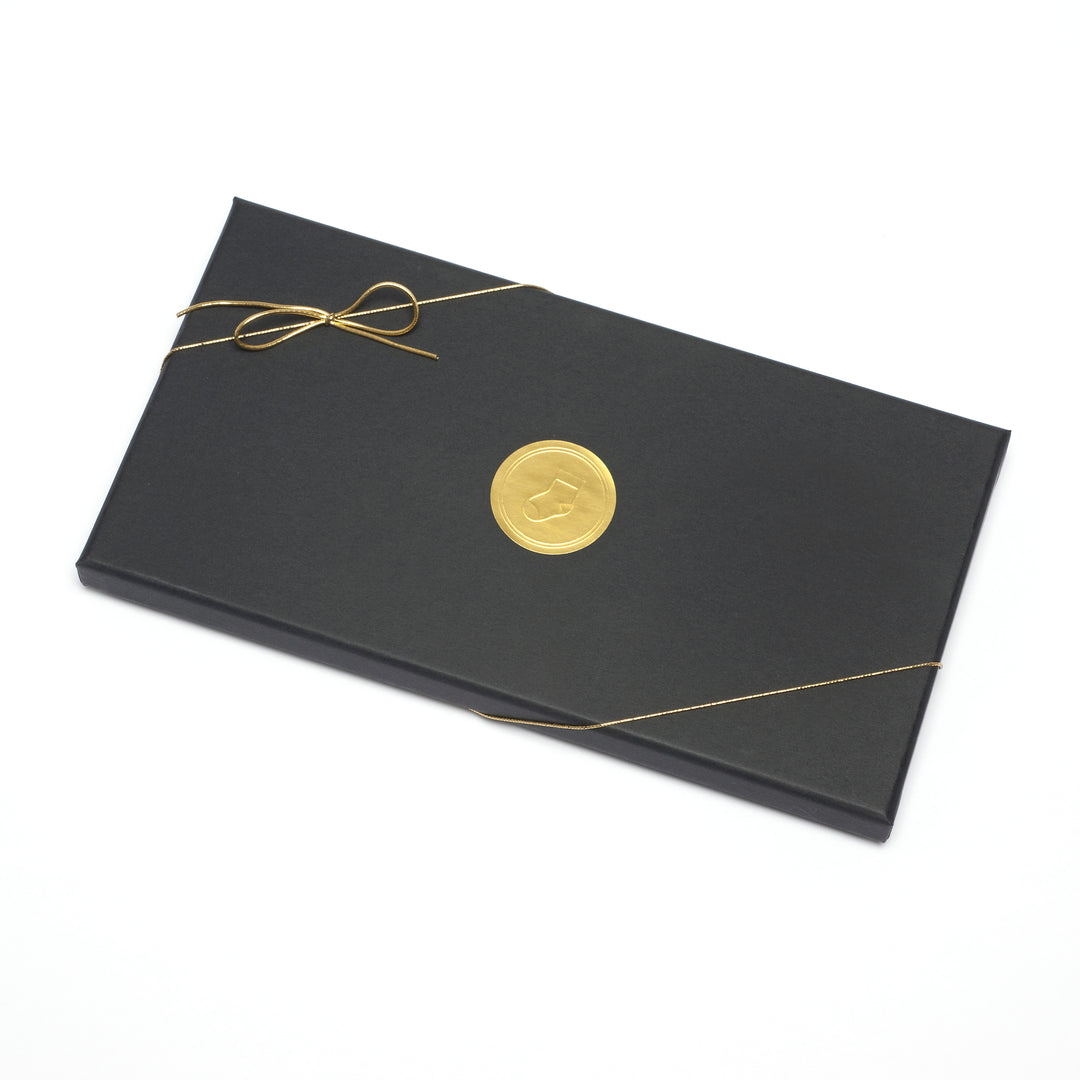The Easter Bunny: Origins & Symbolism Unveiled
Did you know that the Easter Bunny, a beloved symbol of Easter, has roots tracing back to ancient fertility goddesses and eggs? This iconic figure embodies more than just delivering chocolate treats. Discover the surprising origins, rich symbolism, and lasting cultural impact of the Easter Bunny in this insightful exploration. From its pagan beginnings to its integration into Christian traditions, the Easter Bunny's journey, eggs, and spring are steeped in history and meaning. Unravel the layers of folklore and tradition surrounding this fluffy lamb character to gain a deeper appreciation for the role it plays in modern celebrations.
Key Takeaways
- Understand the historical origins of the Easter Bunny to appreciate its significance in modern-day celebrations.
- Recognise the diverse cultural impact of the Easter Bunny across different traditions and societies.
- Reflect on the symbolic meanings associated with the Easter Bunny in various cultures to grasp its deeper significance.
- Embrace the evolution of the Easter Bunny from pagan roots to religious symbolism, highlighting its adaptability over time.
- Explore how the Easter Bunny has become a prominent figure in popular culture, influencing art, literature, and media representations.
- Consider the future of Easter Bunny symbolism in global festivities and its continued relevance in contemporary society.
Historical origins of Easter Bunny
Global Mythology
The Easter Bunny tradition, eggs, lamb, and cross can be traced back to ancient global mythology and religious beliefs. In various cultures, rabbits have symbolised different aspects such as fertility, renewal, and even the arrival of spring.
Rabbits were often associated with deities or figures representing life, rebirth, and abundance. This mystical link between bunnies and positive attributes has transcended through centuries, shaping the Easter Bunny's significance today.
Lunar Connection
Across different civilisations, bunnies have been linked to the moon due to their nocturnal habits. The symbolism of the moon representing cycles of life and nature aligns with the concept of fertility and growth associated with rabbits.
In folklore, the moon's phases were thought to influence fertility and agricultural prosperity. Therefore, the connection between bunnies and lunar cycles further reinforces their symbolic representation in ancient traditions.
Fertility and Renewal
Ancient beliefs often depicted rabbits as symbols of fertility and renewal. Their rapid reproduction rates led to associations with new life, growth, and regeneration in various mythologies around the world.
In many cultures, rabbits were revered for their ability to reproduce quickly, signifying abundance and prosperity. The idea of fertility tied closely with rebirth during springtime celebrations, intertwining with themes of renewal and hope.
Pagan roots and evolution
Celtic Mythology
Rabbits and hares held significant roles in Celtic mythology, symbolising fertility and new life. The Celts believed these animals were messengers between the earthly realm and the spiritual world.
Native American Folklore
In Native American folklore, rabbits are often portrayed as clever tricksters or wise teachers. Their ability to outwit predators and survive in harsh environments made them symbols of resourcefulness.
Symbolism of "Three Hares"
The "three hares" motif, featuring three hares chasing each other in a circle with only three ears visible, is found in various cultures worldwide. This symbol represents unity, eternity, and the interconnectedness of all things.
Influences on Easter Themes
The presence of the "three hares" symbol in regions where Easter traditions evolved raises intriguing questions about its potential influence. Some scholars suggest that the motif's representation of interconnectedness could have inspired themes of rebirth and rejuvenation associated with Easter.
Religious significance of hare
Sacredness in Cultures
Hares hold significant roles in various cultural traditions worldwide, often revered for their symbolism of fertility and abundance. In ancient Egypt, hares were associated with the deities Osiris and Isis, embodying rebirth and resurrection. Similarly, Celtic folklore portrays hares as mystical creatures representing transformation and growth.
In Native American cultures, the hare symbolises intuition and quick thinking, valued traits among tribes. The Ojibwe tribe sees the Great Hare as a powerful deity responsible for creating the world. These diverse beliefs showcase the enduring reverence for hares across different societies.
Symbolism of Prosperity
Hares are frequently depicted as symbols of prosperity and regeneration due to their prolific breeding habits. This symbolism is evident in European folklore where hares are linked to luck and abundance. In Chinese culture, the Jade Rabbit symbolises immortality and good fortune, reflecting the positive connotations associated with hares.
The association of hares with prosperity transcends borders, resonating with people seeking blessings of wealth and success in various aspects of life. Their representation as bringers of good luck continues to be a prevalent theme in art, literature, and popular culture.
Connection to Lunar Cycles
The connection between hares and the moon holds deep significance in Buddhist and other religious contexts. In Buddhist teachings, the Moon Hare is a symbol of self-sacrifice and compassion, embodying virtues that followers aspire to cultivate. This imagery highlights the harmonious relationship between lunar cycles and spiritual enlightenment.
Moreover, in Chinese folklore, the Moon Rabbit is believed to inhabit the moon, pounding elixirs of immortality. This mythical creature underscores the celestial influence on earthly affairs and underscores the interconnectedness between nature and spirituality.
Easter Bunny in different cultures
European Influence
Rabbits and hares have long been symbols of fertility and rebirth in European folklore and art. In ancient times, they were associated with various deities like Eostre and Aphrodite.
European iconography often portrays rabbits as representations of innocence and purity. However, the Easter Bunny's origins are more complex, blending elements of pagan and Christian traditions.
Eastern Iconography
Contrasting with European depictions, Eastern cultures view rabbits as symbols of luck and prosperity. In countries like Japan, the "Moon Rabbit" is a popular figure in folklore, symbolizing selflessness and sacrifice.
The integration of the Easter Bunny into these diverse cultural narratives showcases the adaptability and evolution of traditions across continents.
Symbolism Debate
The portrayal of rabbits as both symbols of chastity and sexuality reflects the duality present in many cultural beliefs. While some see rabbits as pure creatures embodying innocence, others associate them with fertility and sensuality.
This contradictory view adds depth to the Easter Bunny's symbolism, illustrating how interpretations can vary based on historical context and personal perspectives.
Symbolism across traditions
Chinese, Japanese, and Korean Folklore
Hares and rabbits hold symbolic significance in Chinese, Japanese, and Korean folklore. In these cultures, hares are associated with prosperity and fertility. They symbolise longevity and are believed to bring good luck.
In Chinese folklore, the Moon Goddess Chang'e is often accompanied by a rabbit. This association signifies new life and rebirth. Similarly, in Japan, the "moon rabbit" is a popular figure representing selflessness and sacrifice. In Korea, hares are seen as messengers of the spirit world, embodying purity and innocence.
Celestial Powers of Hares
Across various cultures, hares are linked to celestial powers. In ancient Egypt, hares were connected to the moon god Thoth. They were considered sacred animals that possessed mystical qualities. The Egyptians believed that hares could communicate with divine beings.
In Celtic mythology, hares were revered for their connection to the lunar cycle. They were seen as creatures with supernatural abilities, able to move between worlds effortlessly. The Celts associated hares with fertility and transformation, viewing them as symbols of growth and renewal.
Influence of the "Three Hares" Symbol
The "three hares" symbol has intrigued scholars for centuries due to its mysterious nature. Found in various religious sites along the Silk Road, this symbol features three hares chasing each other in a circle while sharing only three ears between them. Some interpretations suggest that it represents the interconnectedness of life, death, and rebirth.
The motif of the "three hares" has been linked to Easter symbolism through its representation of the trinity in Christianity – the Father, Son, and Holy Spirit. This connection highlights how symbols from different cultures can intertwine and influence one another over time.
Modern-day celebrations impact
Evolution
The Easter Bunny's symbolism has evolved significantly over the centuries, adapting to modern cultural influences. Initially a symbol of fertility and rebirth in ancient times, it has transformed into a key figure in contemporary Easter festivities.
The century-old tradition of the Easter Bunny delivering eggs has merged with various cultural practices, resulting in a diverse and inclusive celebration that resonates with people worldwide.
Popularity
In today's society, the Easter Bunny has emerged as a beloved and iconic character associated with joy and fun during Easter celebrations. Its presence is ubiquitous in decorations, greeting cards, and children's activities during the holiday season.
Children eagerly anticipate the arrival of the Easter Bunny, symbolising innocence, happiness, and the joy of springtime renewal.
Commercialisation
The commercialisation of the Easter Bunny has skyrocketed in modern times, with its image used extensively in marketing campaigns, merchandise, and entertainment. From plush toys to chocolate treats, the Easter Bunny has become a lucrative symbol for businesses.
However, while commercialisation has brought widespread recognition to the Easter Bunny, some argue that it detracts from its original symbolic meaning of fertility and new beginnings.
Easter Bunny in popular culture
Representation in media
The Easter Bunny has become a staple character in various forms of entertainment, from movies to television shows. It is often depicted as a friendly and jovial creature, spreading joy through the tradition of easter egg hunts.
In films like "Hop" and "Rise of the Guardians," the Easter Bunny takes on a central role, showcasing its significance in modern storytelling. These portrayals have further solidified its status as a beloved figure during the easter holiday season.
Cultural narratives and traditions
The Easter Bunny plays a crucial role in shaping cultural narratives and traditions worldwide. Its association with fertility, new life, and rebirth aligns with the themes of spring and renewal.
Through the custom of gifting chocolate bunnies and eggs, the Easter Bunny symbolises abundance and prosperity. This practice has evolved over time, intertwining with various customs and beliefs across different regions.
Global cultural icon
From its humble beginnings in German folklore to its current status as a global symbol of Easter, the Easter Bunny has transcended borders and cultures. Its image adorns decorations, greeting cards, and merchandise around the world.
The popularity of chocolate bunnies, egg-shaped candies, and themed events during Easter highlights the widespread recognition of the Easter Bunny. People of all ages partake in these festivities, showcasing its enduring appeal.
Global festivities and variations
Cultural Celebrations
Cultures worldwide embrace the celebration of Easter Bunny with unique customs. In Germany, children eagerly await the Easter Bunny's arrival on Easter Sunday to deliver colourful eggs hidden in gardens.
In Australia, the holiday is marked by egg hunts and picnics, where families gather to enjoy the festive spirit. The Australian Easter Bunny is often depicted as a native marsupial, blending local fauna with traditional symbolism.
Symbolism in Different Countries
Across the globe, the Easter Bunny symbolises fertility and new beginnings. In Greece, the tradition involves making sweet breads shaped like bunnies to commemorate the holiday. These breads are shared among loved ones as a symbol of abundance and prosperity.
In the United States, children anticipate the arrival of the Easter Bunny who brings baskets filled with treats and goodies. This tradition dates back many years, captivating generations with its charm and whimsy.
Regional Customs and Beliefs
Various countries infuse their cultural beliefs into Easter Bunny traditions. In Sweden, children dress up as "Easter Witches" during the holiday, going door-to-door for treats similar to Halloween customs in other regions.
In South Africa, the Easter Bunny is associated with bringing good luck and joy to households during this festive time. Families often partake in community events centred around egg decorating and sharing stories about the significance of the bunny's visit.
Future of Easter Bunny symbolism
Technological Impact
As we look towards the future, the Easter Bunny's symbolism is likely to undergo significant changes, influenced by technological advancements. With the rise of social media and virtual reality, the portrayal of the Easter Bunny may shift towards more interactive and digital experiences.
Globalisation Effects
The globalisation of cultures and traditions could lead to a fusion of various Easter Bunny interpretations from around the world. This amalgamation may result in a more diverse and inclusive representation of the Easter Bunny, reflecting a rich tapestry of global influences.
Cultural Significance Evolution
In the coming years, we might witness a transformation in the cultural significance of the Easter Bunny. As societies evolve and become more interconnected, the symbolic meaning attached to this beloved figure could adapt to reflect changing values and beliefs.
Summary
You've delved into the fascinating origins, symbolism, and cultural impact of the Easter Bunny across different traditions and time periods. From its historical roots in pagan celebrations to its evolution into a widely recognised symbol of Easter, the Easter Bunny's significance has transcended borders and religions. Exploring how this beloved figure is embraced in various cultures and its portrayal in modern-day festivities and popular culture has provided a deeper understanding of its enduring appeal.
As you reflect on the diverse ways the Easter Bunny is revered worldwide, consider how this symbol continues to evolve and shape our cultural landscape. Embrace the richness of these traditions and perhaps incorporate elements of this iconic figure into your own celebrations, keeping the spirit of unity and joy alive each Easter season.
Frequently Asked Questions
What are the historical origins of the Easter Bunny?
The Easter Bunny's history traces back to ancient pagan festivals celebrating spring and fertility, eventually intertwining with Christian traditions in Germany. It symbolises rebirth and new life during Easter festivities.
How does the Easter Bunny hold religious significance?
The hare, a symbol of fertility, signified new beginnings in pagan beliefs. Over time, it became associated with Easter as a representation of Christ's resurrection and the promise of eternal life.
In what ways does the Easter Bunny feature in different cultures?
Various cultures have their own interpretations of the Easter Bunny. From Germany's Osterhase to the Australian Bilby, these cultural adaptations reflect regional beliefs and traditions surrounding Easter.
What is the symbolism behind the Easter Bunny, resurrection, colorful eggs, iconography, and fables across different traditions?
The Easter Bunny commonly symbolises fertility, rebirth, and abundance. It represents hope, joy, and new beginnings across diverse cultural contexts worldwide during the Easter season.
How has modern-day celebrations impacted the perception of the Easter Bunny?
Modern celebrations have transformed the Easter Bunny into a beloved figure associated with fun, egg hunts, and family gatherings. Its image has evolved from folklore to a cherished symbol of joy and festivity.















Leave a comment